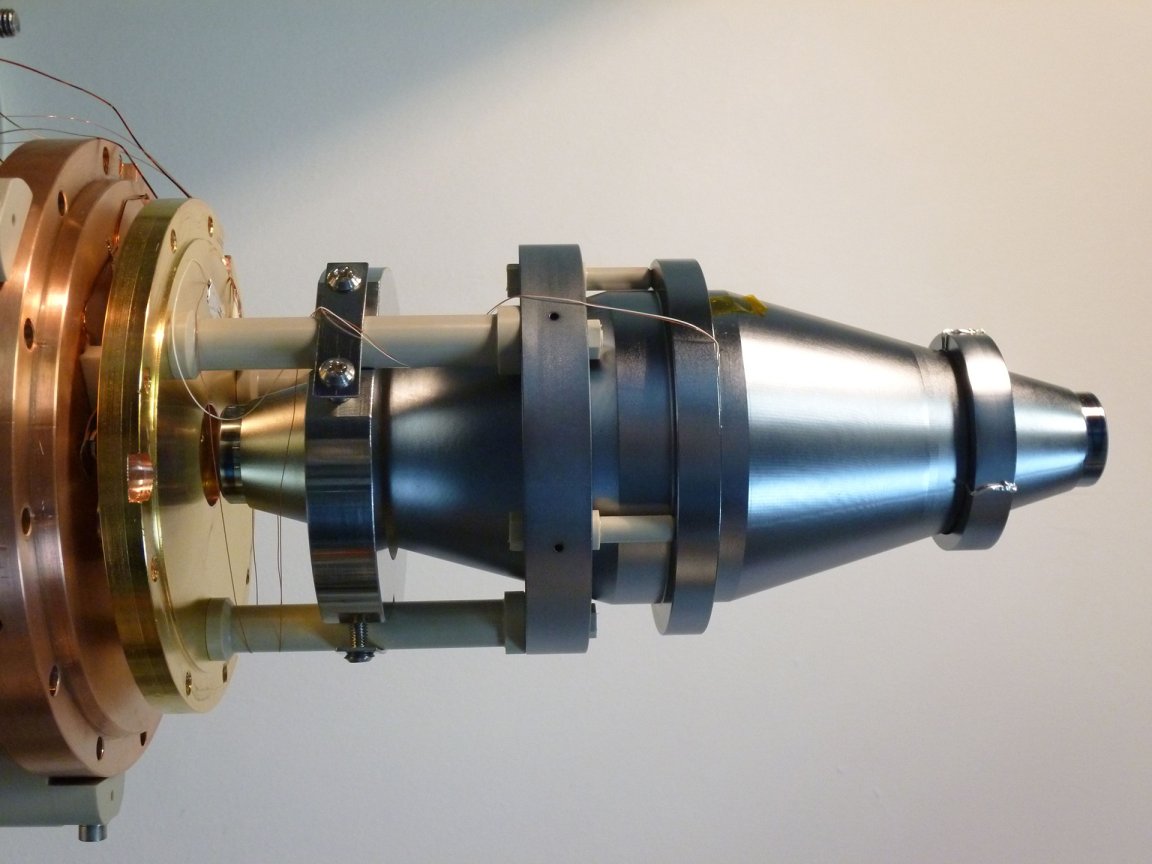
How to Create the World’s Sharpest Laser

A Solution to a Problem
A ‘sharper’ laser increases the accuracy of whatever system it is put into by making it more precise. Currently, the scientists are using the technology to measure ultracold atoms and increase the quality of time telling. According to Thomas Legero, a member of the team, “the smaller the line-width of the laser, the more accurate the measurement of the atom’s frequency in an optical clock. This new laser will enable us to decisively improve the quality of our clocks.”
However, the possible uses of this technology could extend much further. These lasers could be used to test Einstein’s theory of relativity more accurately, as the two lasers that were fired into space that gave evidence to the discovery were far cruder.
This is one of many advancements that have been made recently in the field of laser technology. NASA has developed their Lunar Orbiter Laser Altimeter (LOLA) in order to make accurate topographical maps of the moon, while the world’s largest laser — the European XFEL — is primed to reveal the secrets of the atomic world.